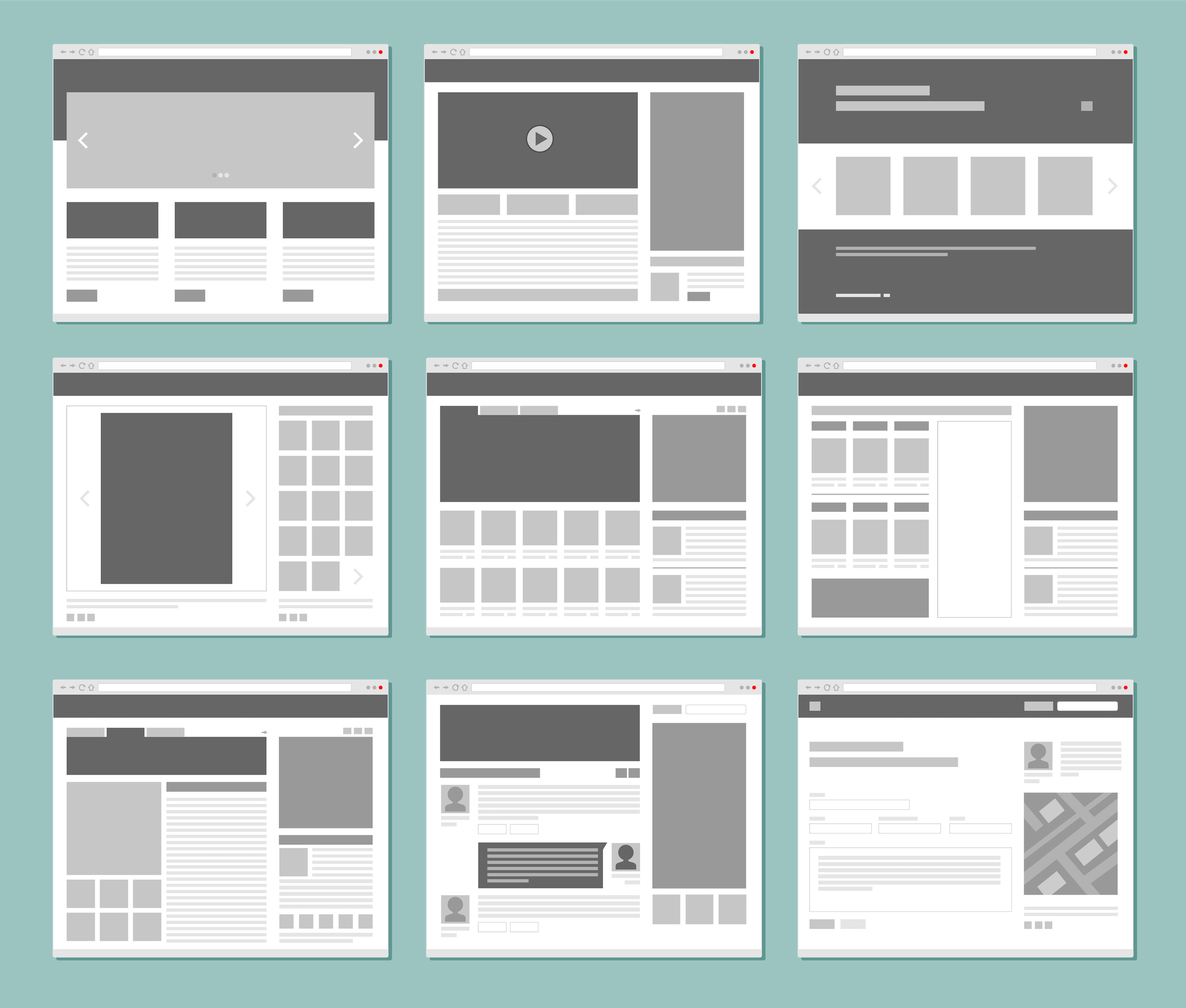
Last week we established website goals—including informing your customers and increasing revenue—as well as where to start. During part two of “Optimize Your Website” we’ll cover how to accomplish those two goals.
Inform your Customers
Customers come to your website for information. Feature what makes your business unique and what you do best. Further, on each page, ask yourself “What do I want my customer to do after visiting this page?”
That’s when your call-to-action comes in. Each page on your site should include a clear and concise call to action to encourage your customers to stay engaged. This can be as simple as: Shop Now, View All, or Sign Up.
Increase Revenue with Website Design
There are multiple ways your website can help you increase revenue. The first is through your website’s design.
The first piece of advice is to keep it simple. First, this makes information easier to find. Second, a simple website is easier to maintain. If a customer has to click on your site more than three times to find information they need, your design needs to be simpler.
Another way to have simple design is through maintaining branding. Colors should be similar to your brand, and images should be clear and clutter-free as well.
Other design pieces to keep in mind is your navigation. Navigation tabs should be organized from most-to-least important.
Another way to increase revenue is through conversation. Integrated communication tools help you answer Frequently Asked Questions at any time of the day.
And of course, your website should be responsive, meaning it should accommodate every device including phones, tablets, and computers.
Last but not least, include a search bar so information is even easier for the end user to access.
Inspiration for this post came from “Increase Your Website’s Value” by Brad Tanner of Rain Retail Software and was published in the April 2022 issue of American Quilt Retailer.
AQR Academy
One last thing before we go! The May AQR Academy workshop is right around the corner on Wednesday, May 4 from 11:30 a.m. to 1:00 p.m. CST. The event will be hosted by Beth Montpas, Lifestyle Coach, and the topic is Goal Setting – Setting Yourself Up for Success where she’ll cover how to both set your goals up and make them happen.
If you’re looking for more information to guide you in owning a retail business, subscribe to American Quilt Retailer today. Already a subscriber? No worries—join our Facebook group for insights and dialogue from industry specialists like you. And don’t forget, you can always purchase single issues if you prefer that instead.





